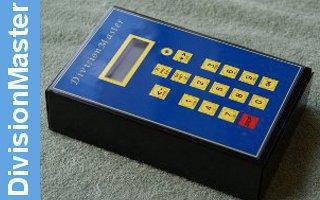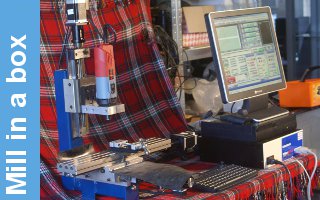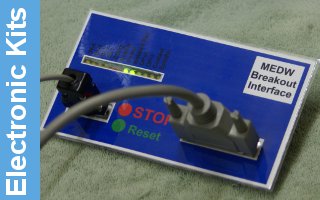HRP Spray Painting
We have considered both stove enamelling and brush painting as a means of obtaining a finish on the model. However, there is a further method which can be carried out easily enough in the home workshop, and this is to spray the paint on a surface, prepared as previously described. Often one has access to low pressure spraying equipment such as is supplied in the kit of extras with a vacuum cleaner, but this type of unit is generally only suitable for spraying very thin paint, such as is used when obtaining the finish on a motor car. Unfortunately, the common heat-resisting enamels on the market do not readily lend themselves to low pressure spraying, but they can be very satisfactorily applied, often as bought, without any thinning whatsoever, provided a pressure of 40 P.S.I. or thereabouts is available; an air supply will therefore be necessary. Bearing in mind that the modeller will only need to spray small areas at a time, he can carry out his spraying with the aid of a small reservoir to contain the air. A very effective one can be made in the following manner:-Take a car or motor cycle tyre and wheel (tube type) perhaps picked up from a scrap yard, the tyre being quite old and useless for other purposes. Next, dismantle the tyre and drill a second hole through the centre of the rim, exactly the same size as the existing valve hole. Then obtain a bolt up type valve and fit to the tube so that the two valves will pass through the two holes in the rim, without stretching the tube. Should bolt up valves be unobtainable, a garage will vulcanise a valve to the tube for you. The second
valve housing should have the inner screw-in valve removed, so that the rubber tube from your spray gun will clamp over the housing. Next re-fit the tyre and you now have a very effective air reservoir which only took a short time to make. A spray gun is easy enough to make, the principle being the same as that used in the old fashioned fly sprays. Spray guns are easily enough obtained through good-class tool shops or possibly your local garage. To use this set-up, connect your hand or foot pump to the working valve in the tyre, pump the tyre up, and then a previously prepared surface can be sprayed. Pump as necessary as the job progresses. A second person can be used to give an occasional pump to maintain pressure, but for the likely area involved with your painting, this would normally be found to be unnecessary. Always remember when you have finished spraying, to make sure to thoroughly wash out the spray gun. This can easily be done by substituting turps for the paint and drawing this up through the pipe, by spraying with it, and thus cleaning the ways right out ready for the next use.
Always apply thin coats to prevent runs (do not thin unless absolutely necessary for flow). In cool or cold weather, oil bound paints can be effectively thinned by warming them up, either on a stove, or by putting the tin into a container of boiling water. This makes the paint flow nicely and dry more quickly.








